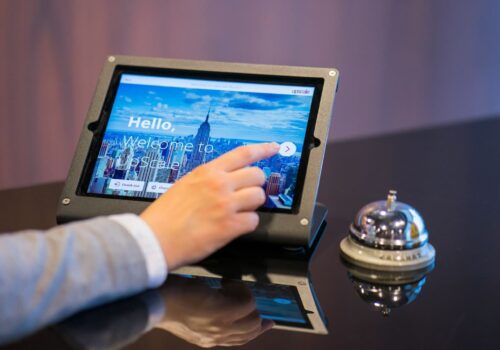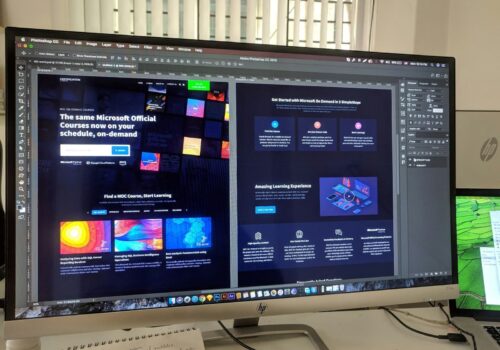Why the interface doesn’t have to be pretty
When the task of creating a website or application interface arises, one of the main conditions is an attractive appearance. Many customers put UI beauty first and are willing to sacrifice usability for the sake of visual aesthetics.
In this article, we’ll talk about how appearance affects user engagement and break down the arguments against a beautiful interface. At the end, you’ll find tips on striking a balance between aesthetics and user-friendly interaction.
How to appreciate the beauty of the interface
When it comes to a beautiful interface, most designers abandon the project or try to change the customer’s mind. The problem is that everyone has different ideas about beauty, and it is hard to fit them into the terms of reference.
Users, who talk about a beautiful interface, most often mean positive emotions and easy interaction. When the main components are worked out to the smallest detail, using the site or application is comfortable and the connection with the brand is constantly strengthened.
One of the main mistakes designers make is that they often want to please customers and do not think about the needs of users. A good designer does everything to keep the customer happy. And a cool specialist puts the objectives of the target audience first.

When a designer doesn’t just perform a technical task, but talks honestly with the customer, everyone wins. Users get a tool that solves their problems as quickly as possible. And an entrepreneur or a large company gets a digital product to increase audience loyalty.
There is a stereotype that a beautiful interface must be user-friendly. Allegedly, if it attracts the attention of users, they will reach the target action. In fact, beauty does not guarantee a high conversion rate. Even the most unusual UI can have minimal conversion rates.
New UI solutions are not always cool. In some cases, it is better to use standard tools that have worked well. If members of the target audience can’t find the information they need or encounter errors, they will quickly leave for the competition.
Imagine that you have installed an app to search for auto parts and expect to find tires quickly. You sign up for a personal account and can’t find a search form by car model. It turns out that you need to use the filters in the catalog, but they do not come close to solving the problem, because the desired manufacturer is not in the list.
Even the most beautiful interface will not hold users if it lacks useful tools. The main task of the designer – to try to reduce the time it takes to solve the problem. Then the target audience will feel care and reciprocate. This is how “brand advocates” are formed, who defend it to dissatisfied customers.
Now let’s imagine that an app for the sale of auto parts has a convenient form for searching for parts, but it’s hard to browse the content in the product card because of the poor quality of images and ill-conceived structure.

In this case, users will want to get rid of a digital product that made them spend a lot of time on a simple task as quickly as possible. There is no beautiful interface, but neither is there a user-friendly interaction.
Designers and people distant from graphic design have different ideas about beauty, but everyone understands that usability must come first. Appearance is a nice addition, but you can’t shift the focus in that direction.
There is such a thing as an “intuitive interface”. It means that the UI is built in such a way that it takes a minimum of time to learn. Users don’t have to read lengthy articles from the FAQ section. After installing the app or getting to know the site, you can move on to specific tasks.
Beginning designers should understand that users form an opinion about digital products very quickly. They need only a few seconds to understand whether it is worth using or not. If there are no complaints about the appearance, representatives of the target audience will move on and the chances of completing the target action will greatly increase.




